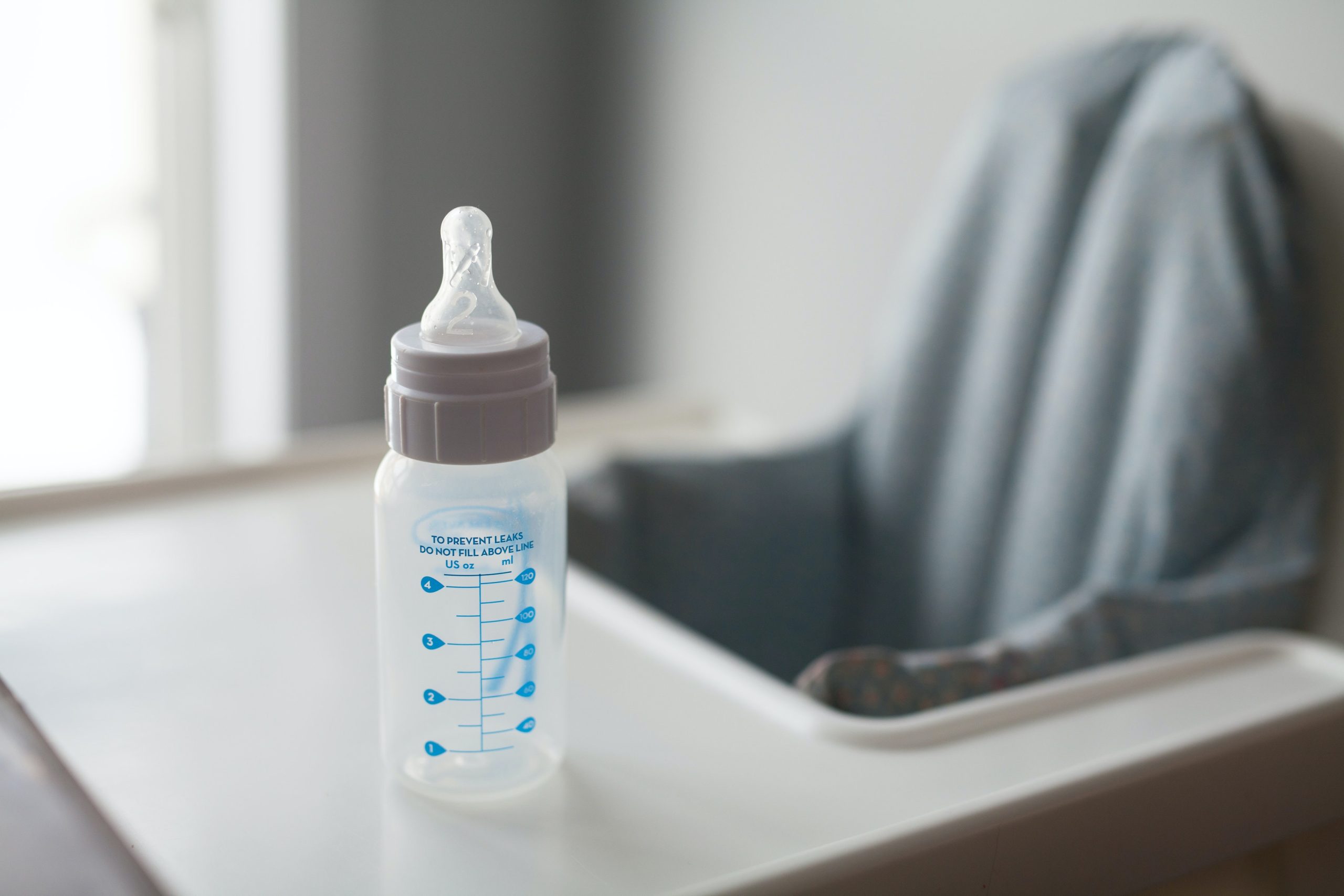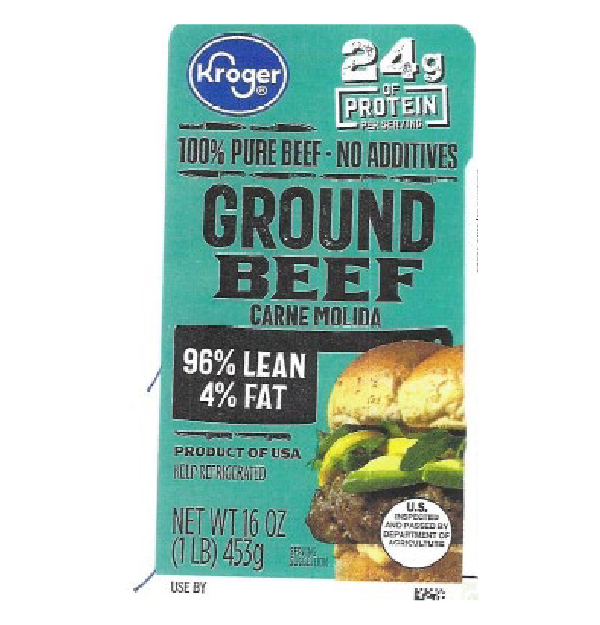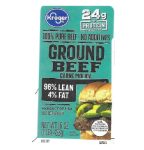Many of us know Rena Pierami from her successful leadership role as vice president of technical services at Mérieux Nutrisciences, from which she recently retired after 45 years in the industry. During the April gathering for Women in Food Safety, Rena, now managing director of Pierami Consulting, shared with us her sage advice on how to achieve a successful career in management without compromising your personal standards or charms.
Originally from Philadelphia, Rena completed a BS in Biological Sciences from Drexel University and an MS in Food Science from Michigan State University before moving to Louisville for a position with KFC. In the 20 years she was with them, Rena made a concerted effort to gain experience in and knowledge of the many different functions and departments within the company.
Join Women in Food Safety at the Food Safety Consortium, October 19-21 in Parsippany, New Jersey
While she entered on a technical track, she ultimately moved into product development and from there into quality. While some opportunities were presented to her by the company, others she actively pursued to broaden her experience and understanding of food service and safety. Examples of these “extra-curricular” activities included a stint in strategic planning, participating in a reengineering program with external consultants and volunteering to run the United Way campaign for the KFC organization.
Expanding her knowledge base in this way allowed her to consider other career opportunities. When her job and division within KFC became redundant, she joined Silliker/ Mérieux NutriSciences. Although she had no formal business training, she was quick to learn what was needed and “how to live and die by a P&L.”
In her new position, Rena learned that she loved interacting with clients and developing relationships, which was her key focus and undoubtedly contributed to her success in growing the business.
The Golden Rules of Leadership
For those stepping into leadership positions, Rena shared the “golden rules” that she strove to follow in her career:
Do not get “hung up” on being a leader. When one takes on a leadership role, they often act based on how a leader is supposed to behave. Rena always worked hard to be herself and remain genuine. Rather than doing things that you think you are supposed to do as a leader, be yourself and exhibit the integrity and trust that a leader needs to get people to follow. In other words, Be You!
Be a good listener, and hear from everyone. The adage, “Everyone knows something that you don’t, and everyone is worth listening to,” is true, said Rena. A leader must listen, remain objective and retain confidentiality. If you can do this, people will remember you and trust you.
Keep current. In order to get ahead, you first need to stay up to date. Read daily updates and smart briefs to remain updated and share information with others if you think it would help them or be of interest to them.
Know your weaknesses, and use tools to help mitigate them. In her position, Rena had to keep abreast of huge amounts of information and a continuous flow of new contacts. She took copious notes and would annotate her contact list so that she would remember particular things about individuals when she next met them.
Compliment the people surrounding you. This makes others feel better about themselves and about you. Say something kind, always smile, and if you are having a tough time know that tomorrow will be a better day.
It is OK to get nervous. Learn to work through anxiety and self-doubt. Sometimes that anxiety peaks your performance, and do not be afraid of a challenge or trying something new.
Network and maintain contacts in the industry. Make an effort to meet others in your field, and do not burn bridges. Rena still looks to those who helped “raise” her for advice and friendship and to those whom she has helped guide and raise. “It’s so great to see folks prosper,” she said.
Be collaborative, and never stop learning. As the world of food safety expands in breadth and complexity, Rena stressed the need for an open mind and willingness to collaborate. “Collaboration creates some great friendships, and I have just learned the term ‘co-opetition’—the process of collaborating with a competitor within your industry. This is a great philosophy. Collaborations take all sorts of paths to the benefit of all,” she said.
Find your balance. The key to achieving a good work-life balance is being aware that the balancing point will change depending on your stage of life. For those with young children, it is important to develop a strong support system. It is also important to focus on maintaining your personal health throughout your career.
Resources for Current and Future Food Industry Leaders
Some of the leadership tools that Rena has found helpful in developing her career include books, especially those focused on situational leadership strategies and processes. Situational leadership refers to adapting your management style to each unique situation and adjusting your style based on your team members’ individuality, personalities, work styles and behaviors. Some of her favorite titles include:
- “Strengths Finder 2.0” by Tom Rath
- “Lean In” by Sheryl Sandberg
- “SPIN selling” by Neil Rackham
- “The One Minute Manager” by Ken Blanchard and Spencer Johnson
Rena also cites social media, particularly LinkedIn, as a valuable tool that helps her stay connected and learn from others.
After an enlightening and inspiring discussion, Rena summarized her key takeaways for success in leadership:
- Be yourself and be genuine with others
- Be both a mentor and a mentee, and know this is a continuous cycle
- Be open and collaborative
- Learn about your industry and never stop learning. It helps you exude confidence.



















